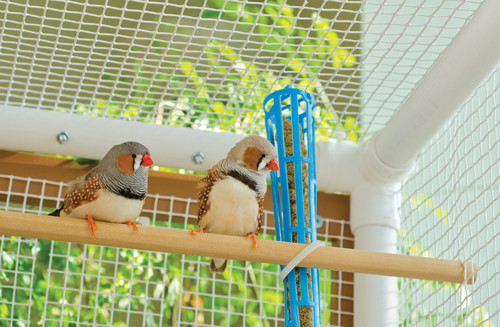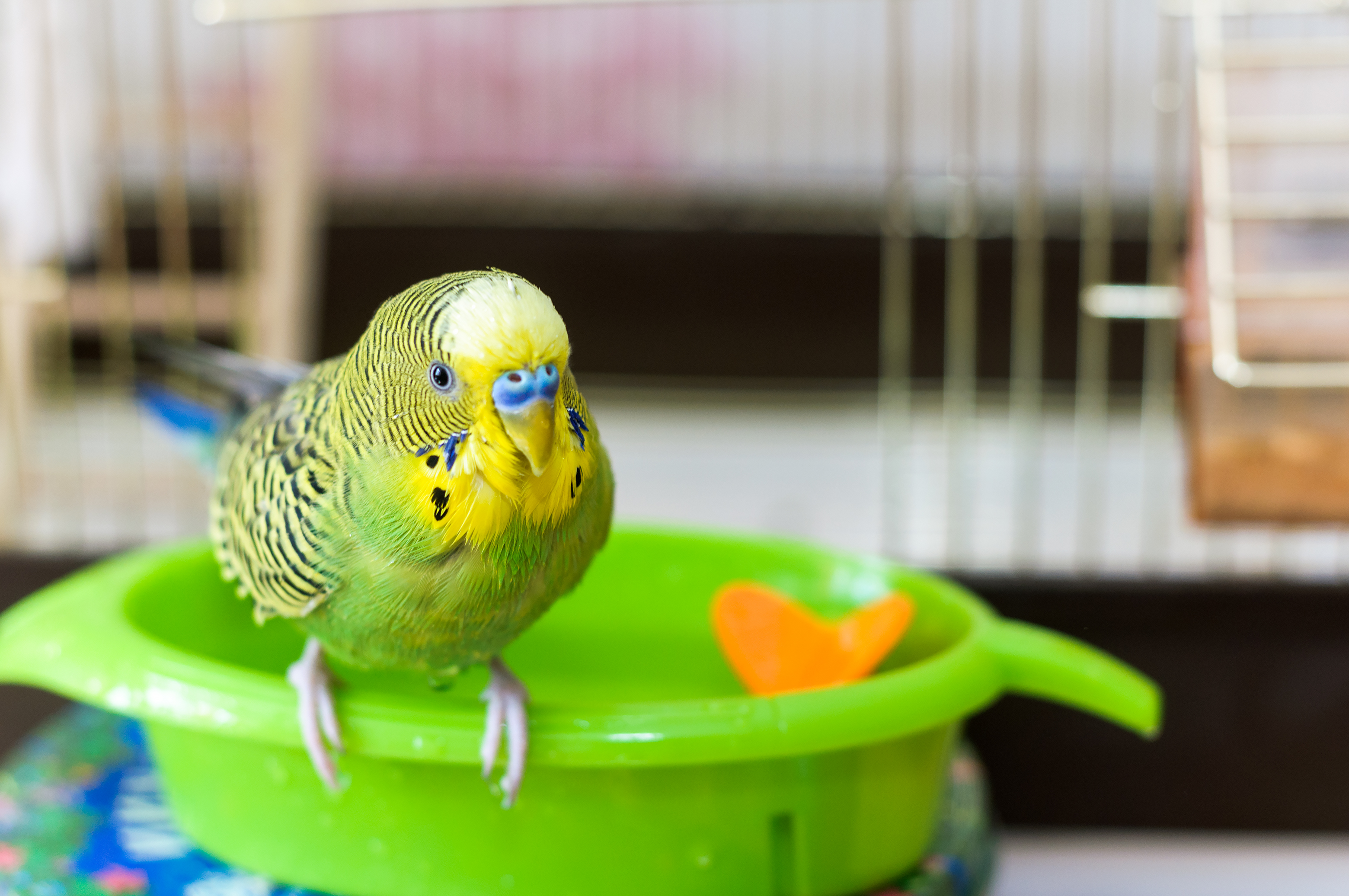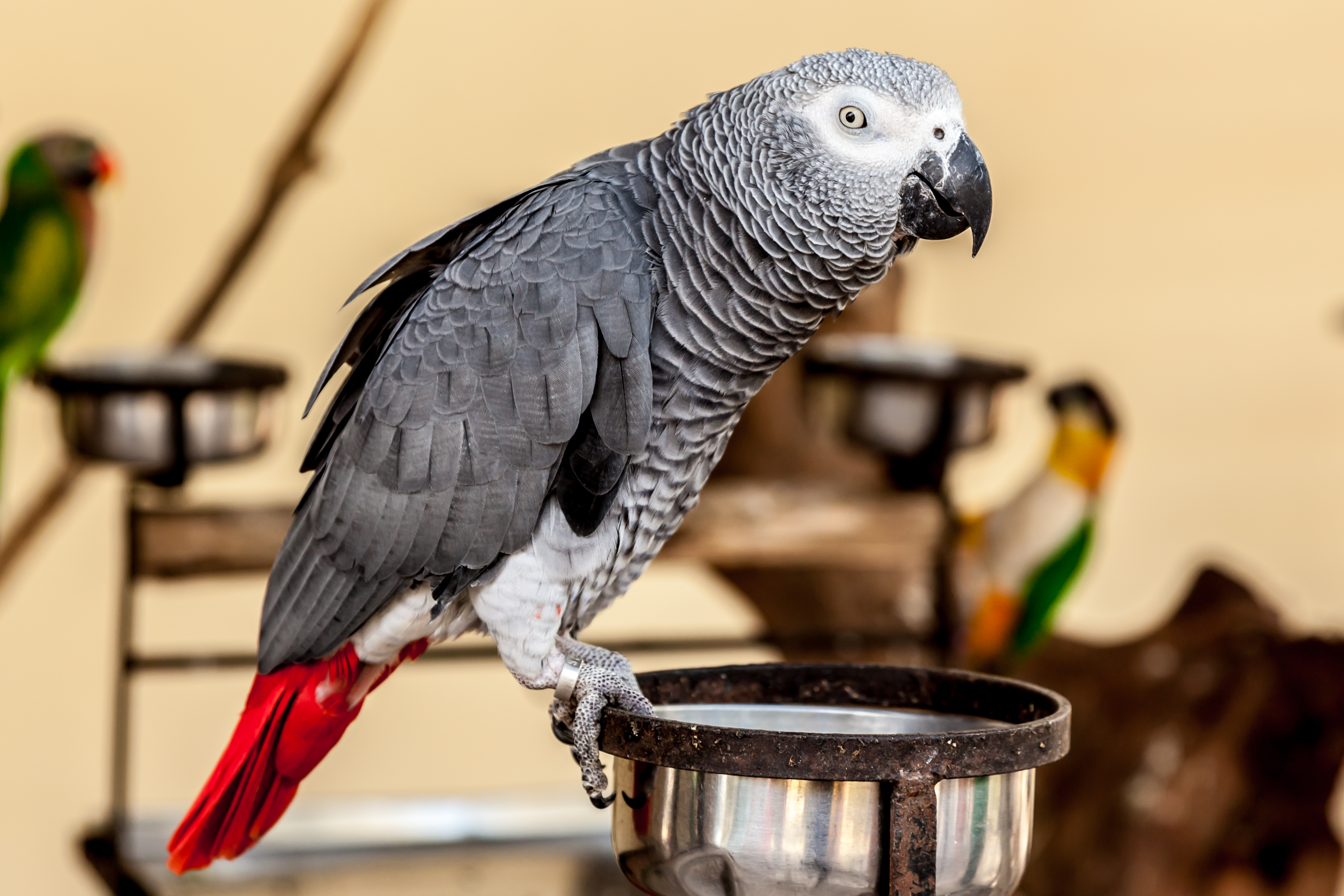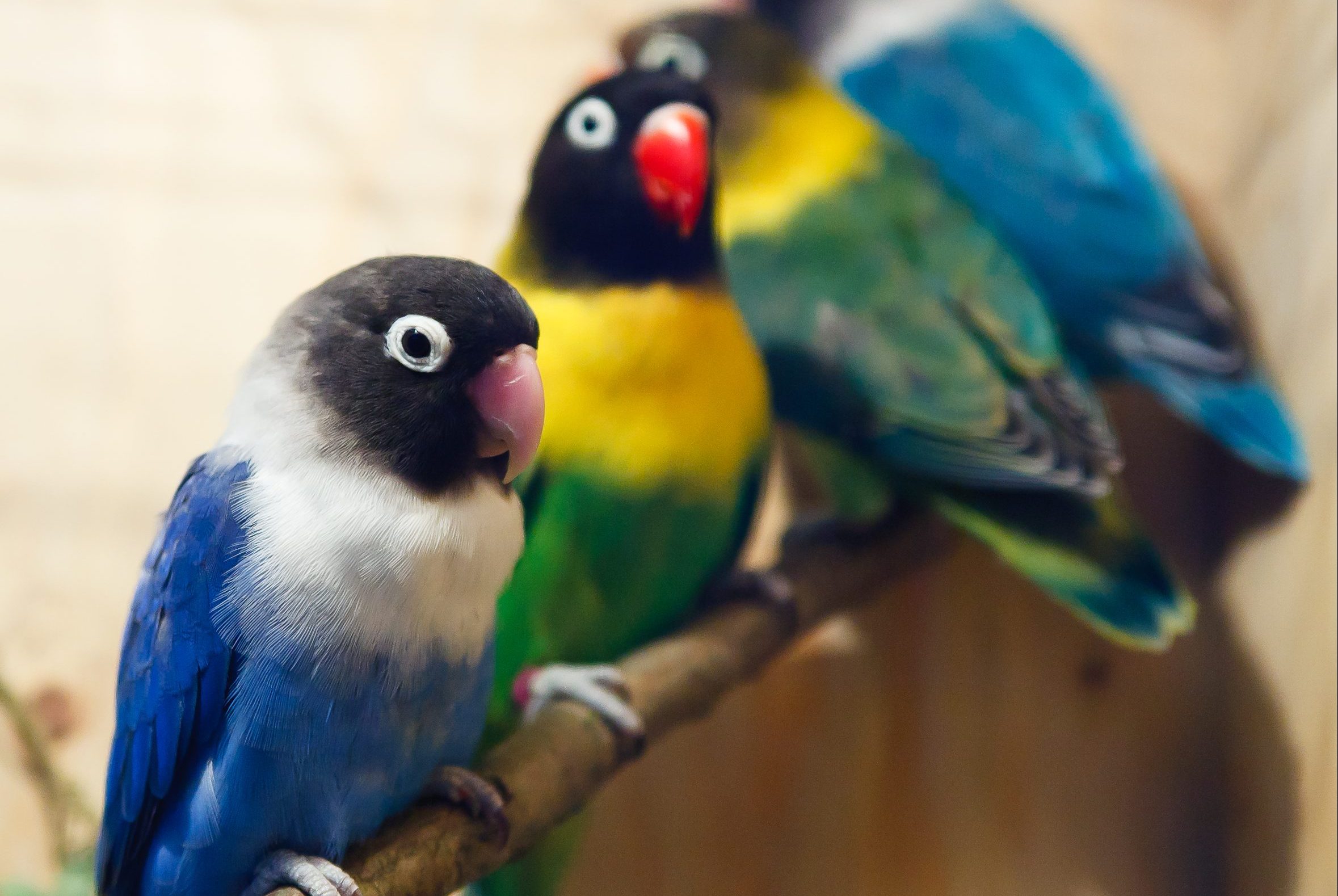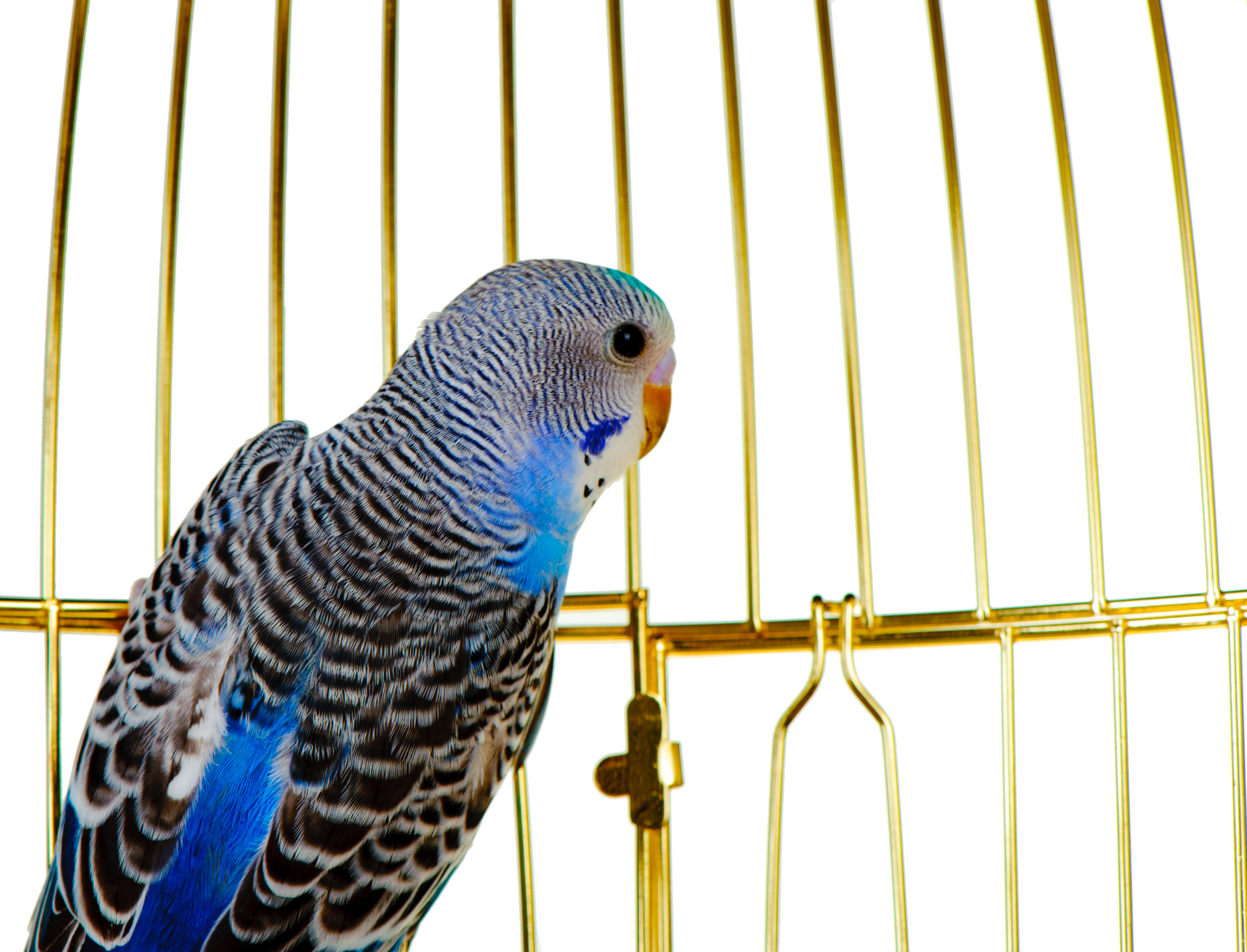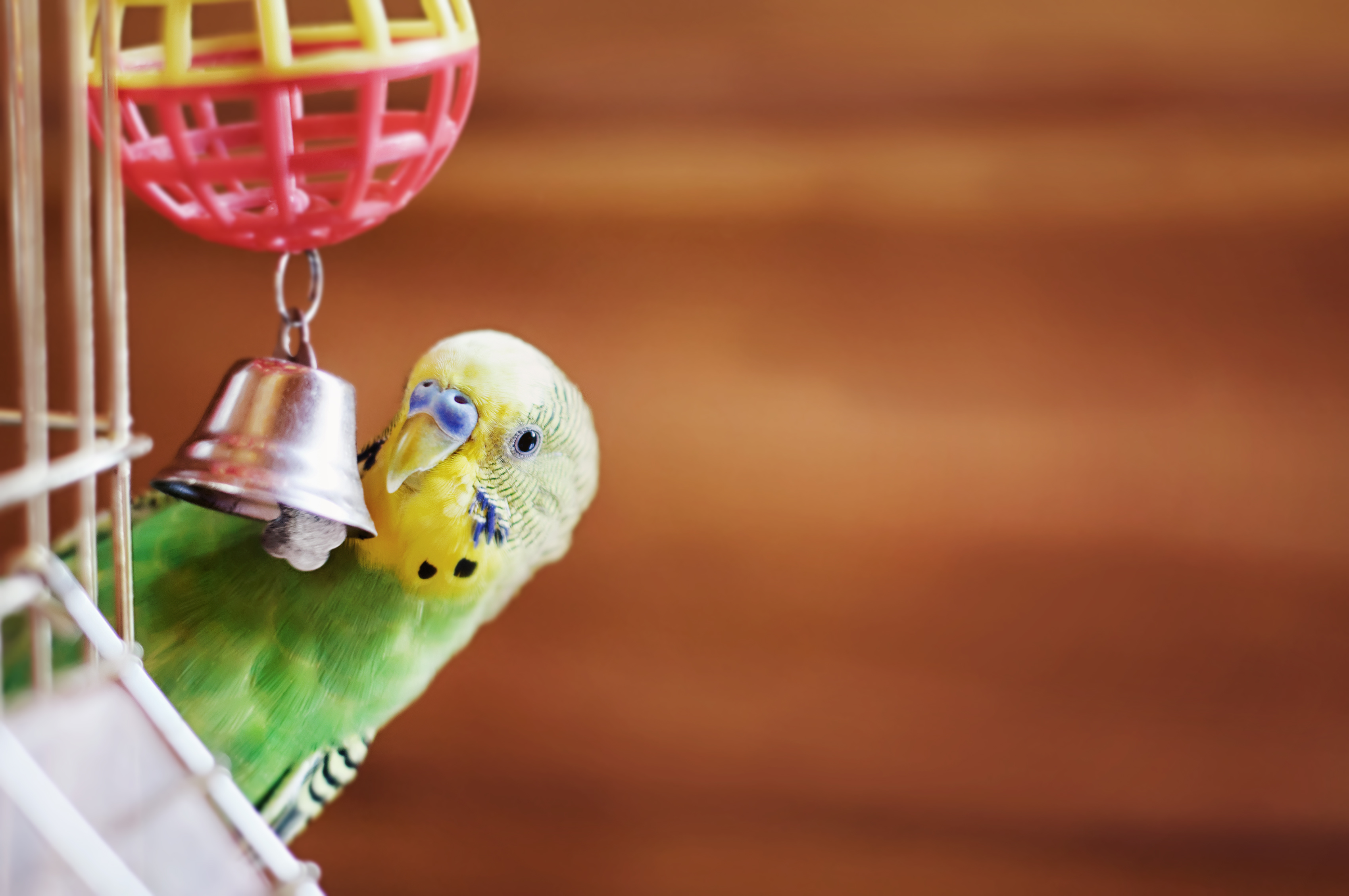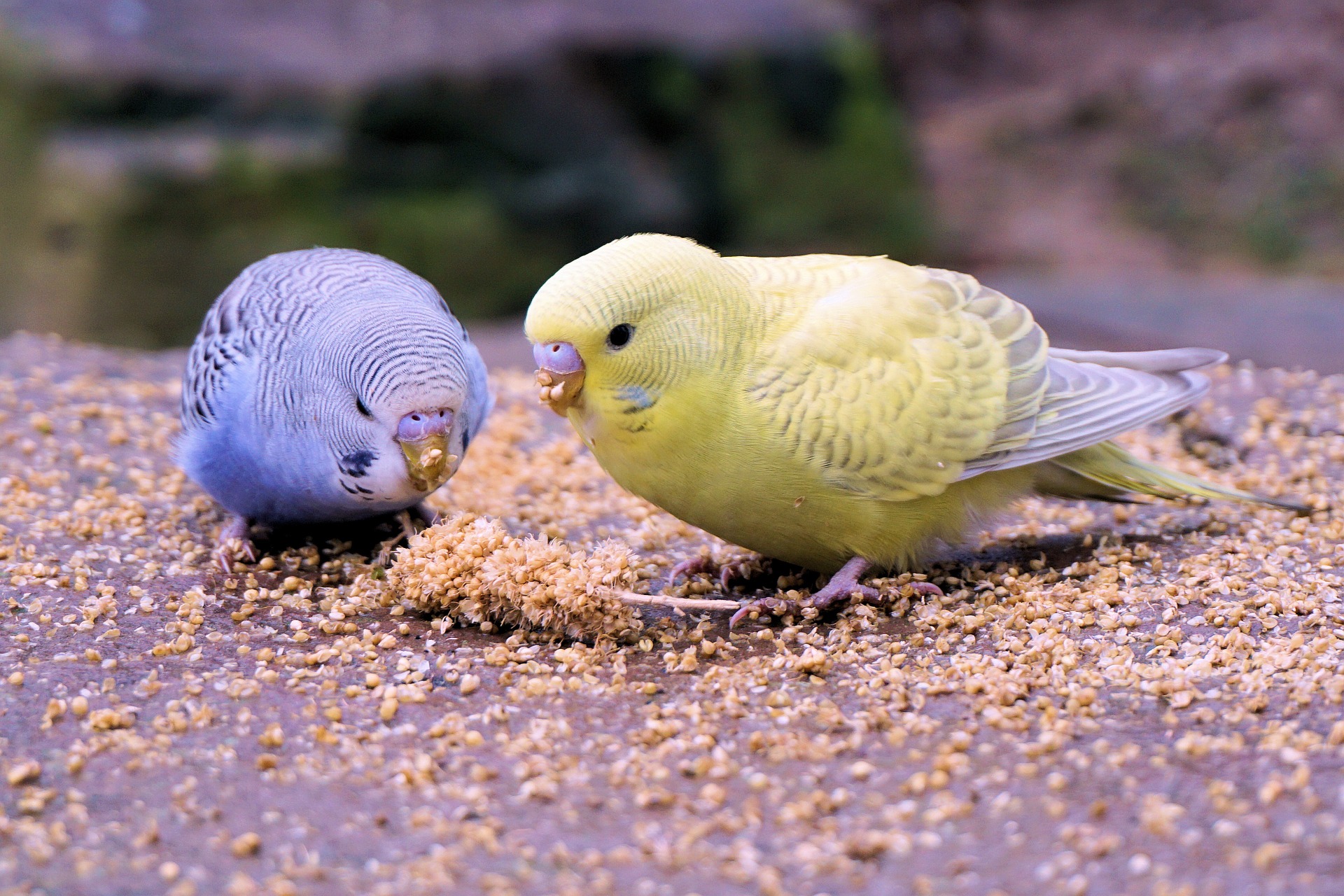Dish Network
Erik J. Martin //May 29, 2015//
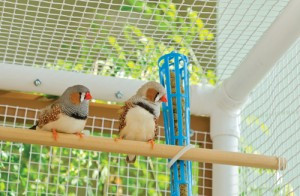 Retailers seeking to hit a home run in the bird products segment need to step up to the plate—the bird plate, that is, in the form of feeders and waterers that fit the bill for different species and different needs.
Retailers seeking to hit a home run in the bird products segment need to step up to the plate—the bird plate, that is, in the form of feeders and waterers that fit the bill for different species and different needs.
While traditional hoppers, bowls, fountains and ball-point tube bottles continue to dominate in this space, consumers can choose from a more diverse array of shapes, colors and materials today than in years past, adding eye-catching excitement to an otherwise ordinary accessory segment.
Two relatively newer feeder products that illustrate this trend are First Prize Pet Products’ Smart Bird Hut and Veny’s Garden Cups.
The former is a quick-locking, removable, mini bird nest that fits within the cage and also functions as a hideaway or foraging getaway for small- and medium-sized species. It’s available in various colors, with a secure base for food or water and a top dome with a round entrance that prevents contents from spilling out. The latter are plastic, hollow bowls shaped as colorful fruits (corn, apple, watermelon, pomegranate, eggplant, orange and pumpkin) suitable for parrots, conures, cockatiels and small-sized birds.
Indeed, deep bowls and crocks seem to be all the rage in bird cages nowadays, with manufacturers offering an increasingly sturdier yet flexibly affixed assortment. Lixit, for instance, makes the Radical Steel durable and hefty stainless steel crock. Corrosion, chew and rust resistant, it easily twists on and off of its plastic base for simple filling and cleaning. Meanwhile, Living World offers the Lock & Croc dish for birds, which can easily be secured in an elevated location on any vertical or horizontal cage wiring without twisting, turning or tipping, thus eliminating messy food or water spills.
No Fuss, No Muss
According to Emilye Schmale, corporate communications manager for Petmate, the Arlington, Texas-headquartered manufacturer of JW Pet Company bird products, pet product providers are catering to a greater need for neatness today by offering more merchandise in this segment.
“Birds are naturally busy in the wild and captive-bred birds have the same instincts and drive but can be quite messy in their cage as they try to be active and move about their home,” said Schmale. “Consequently, efficiency and cleanliness are key when it comes to bird watering and feeding.”
JW’s Insight line offers two products that target the tidy-minded. The Clean Seed Silo bird feeder and waterer is a great cage accessory because of its shape and efficient refill style. The silo design allows for a secure fit on horizontal or vertical barred cages, yielding more space within the cage and making it simple to refill and minimize mess.
The Clean Cup Feed and Water Cup boasts an innovative, clear plastic shield that prevents water and debris from falling outside of the cage. It allows birds to enjoy greater visibility while eating or drinking—an important amenity, as birds are prey animals that don’t like their vision blocked while feeding.
Other products that boast no-mess features include Caitec’s Creative Foraging Systems Seed Corral No Mess Pet Feeder, a polycarbonate box feeder that prevents seed scatter, and Super Pet’s Scatter-less Small Ceramic Bird Feeder, with a domed design to enhance stability and make cage cleanup easier.
Good Advice Grows Your Flock
Experts agree that retailers can help turbocharge this segment by becoming familiar with new feeder and waterer products and features and recommending best practices to patrons.
“For example, when a customer buys a new cage, retailers should recommend the customer buy an extra food and water dish for the cage at the same time,” said Melanie Allen, avian product specialist with Rolf C. Hagen (USA) Corp., makers of Exo Terra and Living World brand pet bird products. “While many cages generally come with a set of dishes, it’s advisable for pet owners to have an extra set of dishes that would go with the feed station doors. That way, the caretaker can quickly and efficiently change the dishes daily to ensure their bird is eating and drinking from a clean dish. Furthermore, it’s quite maddening to only have one dish that fits the cage when the original dish is misplaced or broken.”
Often avian experts recommend that some part of the daily diet be offered in nontraditional food dishes to encourage mental exercise in foraging activity. For example, it’s a good idea to combine daily feeding with an enrichment activity that plays into a bird’s natural instinct by using a dish not originally designed for birds, as well as using large pebbles or rocks within that dish.
“The bird will search for his food under and around the rocks,” Allen said. “This is especially effective for ground foragers such as African greys and cockatiels. But be sure to suggest to the consumer that any rocks placed in the dish should be larger than what the bird can ingest.”
Above all, because birds all have very different temperaments and personalities, “pet owners need to choose the right products to outfit the cage,” said Schmale. “Therefore, it is important to educate the consumer on feeder and waterer products, as one item might not be the right fit for their pet bird.”
Feathers in Your Merchandising Cap
Schmale further suggested featuring product information via displays and signage whenever possible.
It’s also helpful to depict the ideal habitat for each type of bird you sell in your store. Set up a few empty display cages that showcase assorted dishes and food/water containers that can either be bundled into a starter kit or purchased separately. Another smart strategy is to mix these in with the live bird stock habitats to demonstrate to shoppers how they are used and preferred by birds.
“Be sure to set up your store bird cages properly with all the needed accessories so that consumers see the birds using the various products,” said Schmale.
